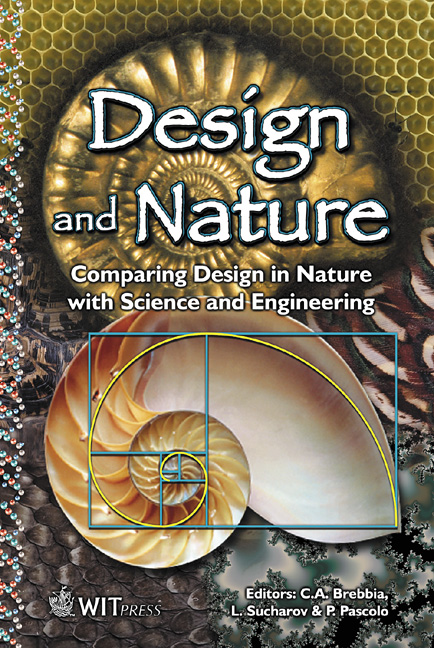Bionics And Ecodesign: How Are Materials Used In Nature, And What Can Thus Be Applied To Sustainable Product Design?
Price
Free (open access)
Transaction
Volume
57
Pages
Published
2002
Size
505 kb
Paper DOI
10.2495/DN020371
Copyright
WIT Press
Author(s)
M. Drack
Abstract
Bionics and Ecodesign: how are materials used in nature, and what can thus be applied to sustainable product design? M. Drack Center for Appropriate Technology, Vienna University of Technology, Austria. Abstract In the recent discussion about environmentally sound products and services (Eco- design) keywords like renewable resources, energy efficiency and recycling are ubiquitous. All these things are argued to be found in biological systems as well. These systems are supposed to be sustainable, for they have been existing for hundreds of millions of years. If this is true one should find out how biological systems really work in terms of material usage and sustainability. This paper is concerned with stiff structural biomaterials like bone, wood, horn and chitin. It’s objective is to find out if there are correlations between the energy effort to build up these materials in situ and the time period in which they are used. Also the relations between these two parameters and the time it takes to recycle the materials is treated. In theory organisms have to be energy efficient and therefore it can be expected that those materials storing more energy are used for a longer period. Most of the time this is true, but not always. There is a broad range in the time period in which different biomaterials are used in organisms with extremes from a few days to thousands of years. Also, the energy needed to build up materials is varying considerably and preformed resources are used to a certain extent. It can also be expected that materials with a high energy content are more likely to be reused as such. Therefore, they should be protected from degradation in one way or another. Some biomaterials however, are very persistent and do take a long time to be recycled. The emphasis of this paper is to find out correlations and patterns that can be applied in sustainable product design.
Keywords





